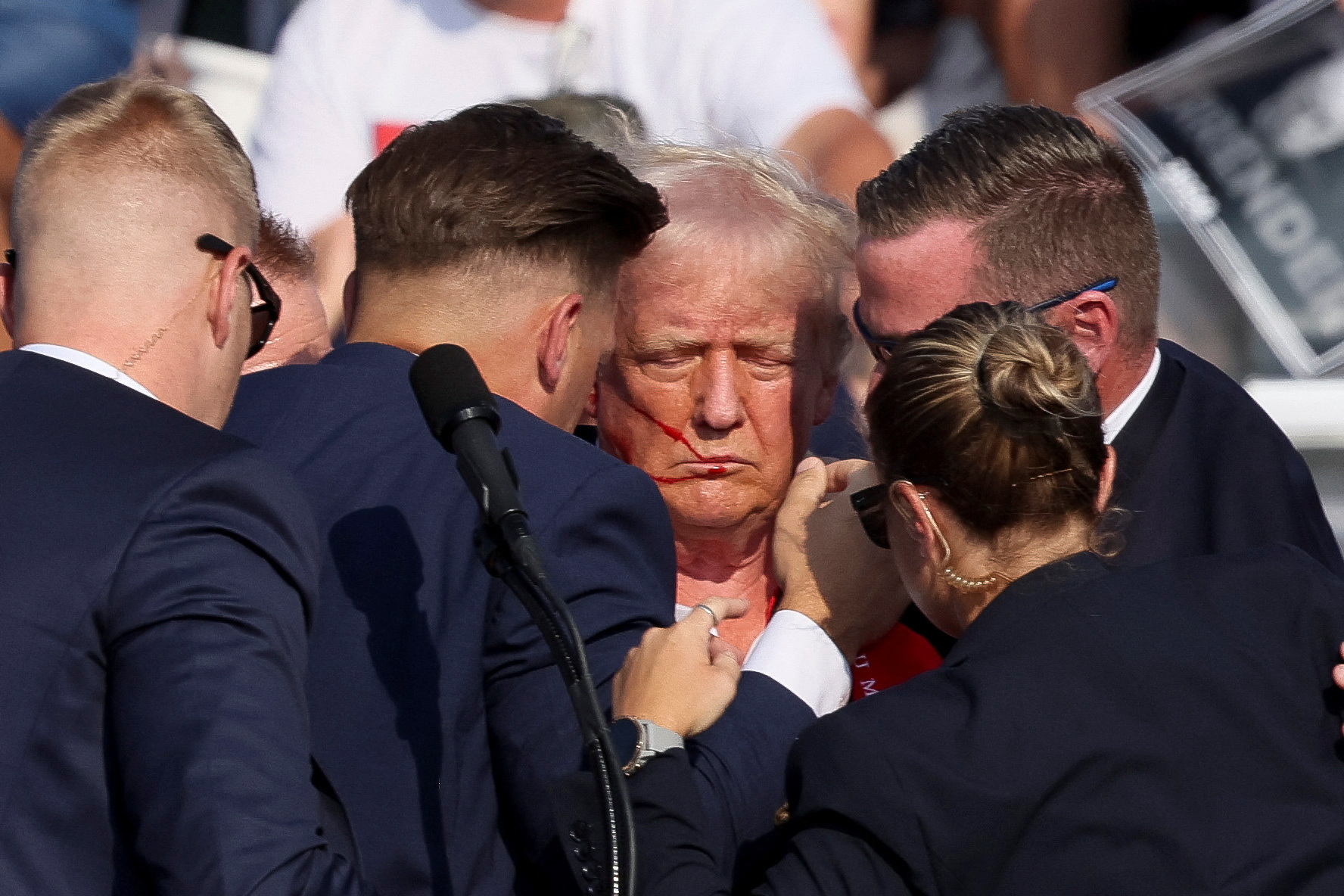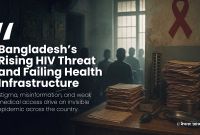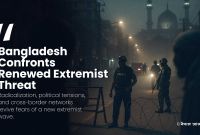The Deadliest Office: Presidential Assassinations and the Security of the US President

The role of the President of the United States is often viewed as one of the most prestigious and powerful positions in the world. However, this power comes with significant risks. Out of the 45 individuals who have served as president across 46 presidencies (Grover Cleveland served non-consecutive terms), four presidents have been assassinated. These tragedies highlight the dangers associated with holding the highest political office in the United States.
1. Abraham Lincoln (1865): Lincoln was assassinated by John Wilkes Booth while attending a play at Ford's Theatre.
2. James A. Garfield (1881): Garfield was shot by Charles J. Guiteau at the Baltimore and Potomac Railroad Station and later succumbed to his injuries.
3. William McKinley (1901): McKinley was shot by Leon Czolgosz while attending the Pan-American Exposition in Buffalo, New York.
4. John F. Kennedy (1963): Kennedy was assassinated by Lee Harvey Oswald while riding in a motorcade in Dallas, Texas.
These assassinations did not occur in the White House, but they underscore the vulnerability of US presidents to attacks.
The Modern Threat: An Attempt on Former President Donald Trump
The recent attempt to assassinate former President Donald Trump during a campaign rally in Pennsylvania serves as a stark reminder of these dangers. The attack, which resulted in injuries to Trump and several spectators, has reignited discussions about presidential security and the risks associated with this high-profile position.
Presidential Security: Management and Budget
The United States takes the security of its presidents very seriously. The US Secret Service, established in 1865, is primarily responsible for the protection of the president, vice president, and their families. The budget for the Secret Service is substantial, reflecting the importance placed on protecting the nation's leaders.
- Annual Budget: The Secret Service's budget for 2021 was approximately $2.4 billion, a significant portion of which is allocated to protective operations.
- Protective Measures: These include physical protection, advanced threat assessment, and the use of cutting-edge technology to prevent attacks.
Despite these extensive measures, the risk associated with the presidential office remains high. The nature of the role requires public appearances and interactions, which can be difficult to secure completely.
Risk and Response
The attempted assassination of Donald Trump highlights several risks:
- Public Exposure: Campaign events, speeches, and public appearances are essential parts of the presidential role but pose significant security challenges.
- Political Tensions: High political polarization can increase the likelihood of threats against political figures.
- Technological Advances: While technology aids in protection, it also provides new tools for potential attackers.
Conclusion
The presidency of the United States is undeniably one of the most dangerous political positions globally. The historical record of presidential assassinations and the recent attempt on former President Trump's life illustrate the persistent risks faced by those who hold or aspire to this office. Continuous investment in security measures and vigilant protective strategies are essential to safeguard the lives of US presidents against these ever-present threats.




![From Kathmandu to the World: How Excel Students Are Winning Big [Admission Open]](https://nepalaaja.com/img/70194/medium/excel-college-info-eng-nep-2342.jpg)
